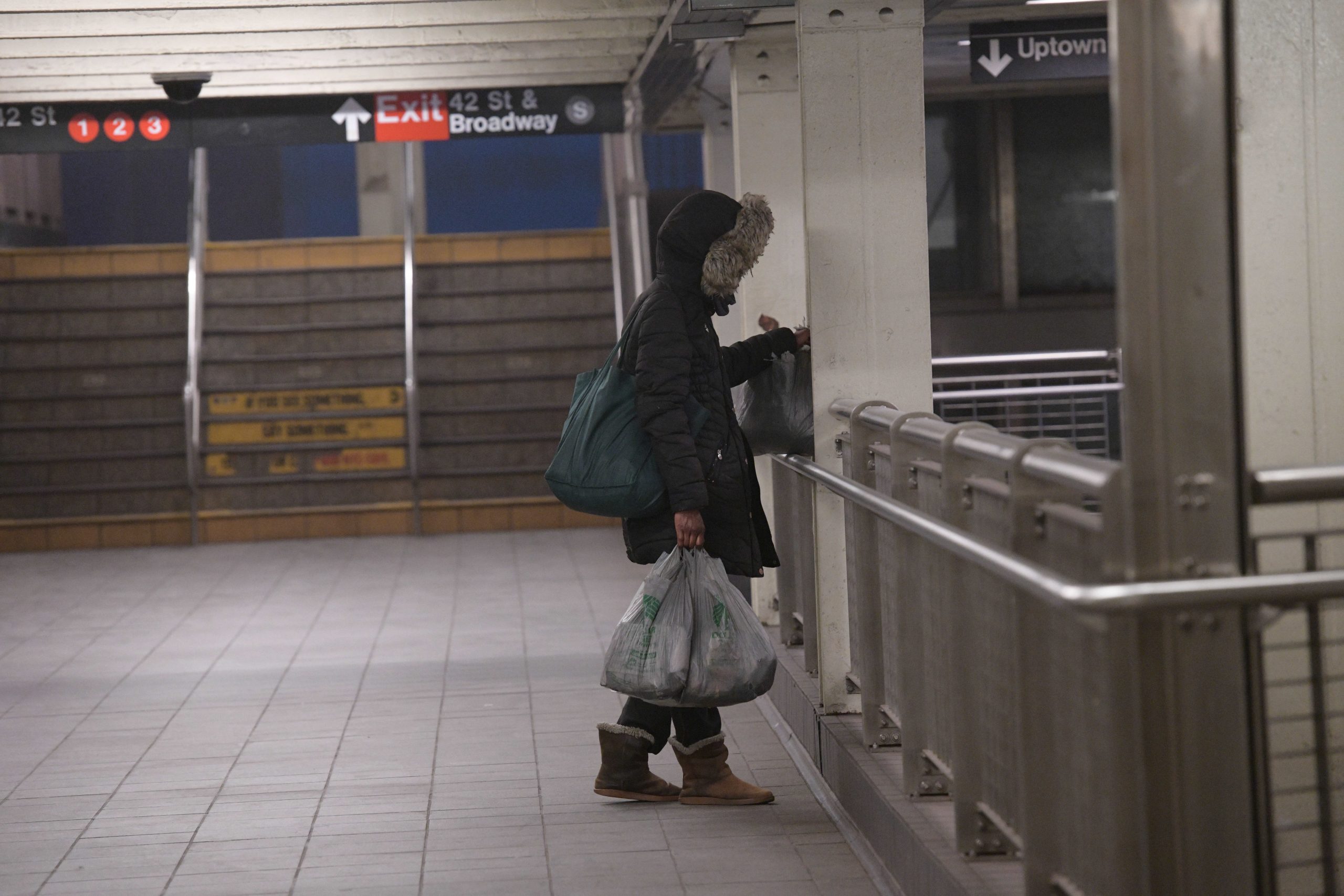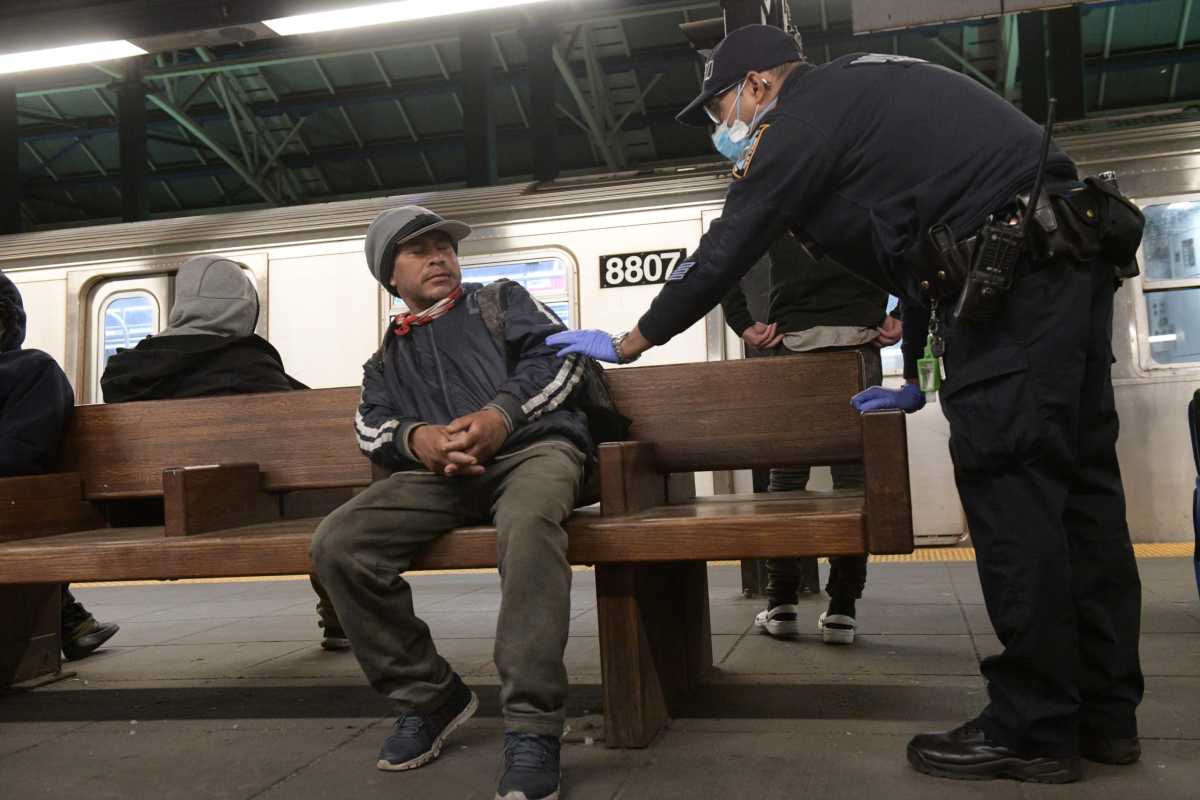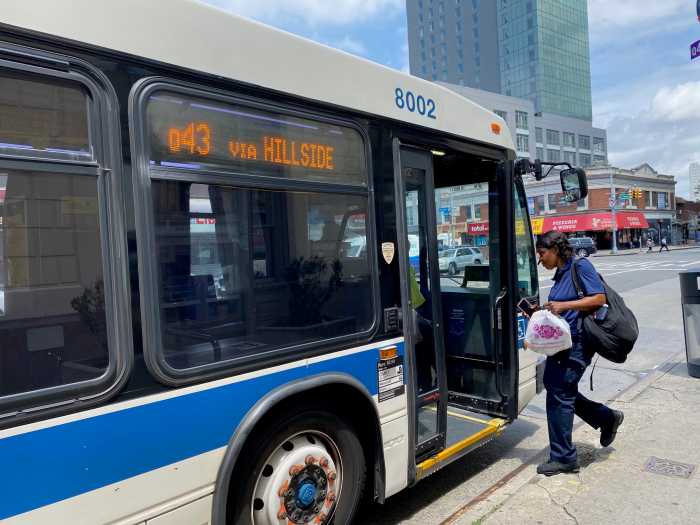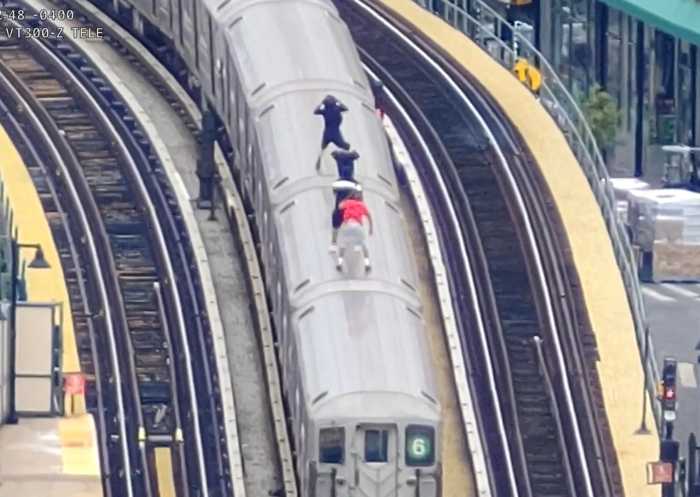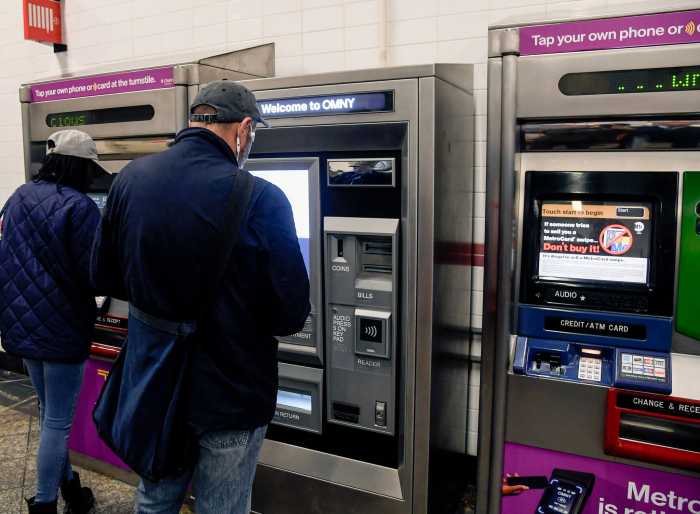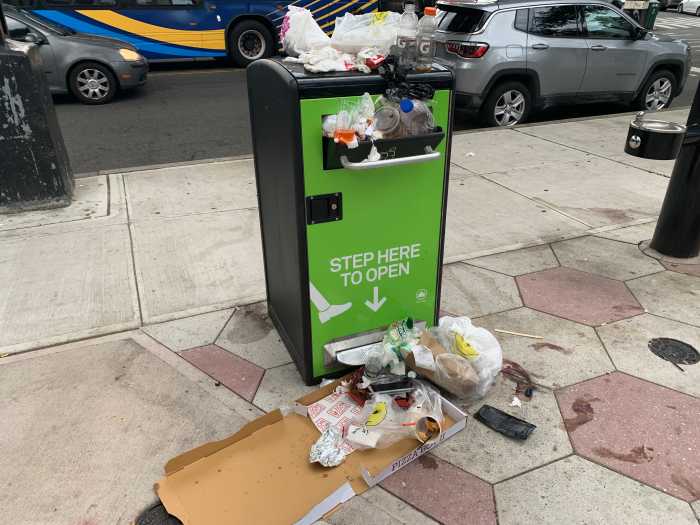The MTA Inspector General Carolyn Pokorny released the findings of an investigation into the transit agency that moves New York City and found their homeless outreach program does little to guide people out of the subways.
For the MTA, which has never claimed to be a social services organization, this still essentially amounts to $7.6 million placed into a program deemed ineffective despite help from Bowery Residents’ Committee and NYPD.
Pokorny determined that the $5 million a year intervention programs and an additional $2.6 million spent on MTA PD overtime was stymied by a lack of data collection, reporting, and sharing of information.
“Sheltering in the transit system has always been tragic, but now it is dangerous – for the homeless individuals, MTA employees, essential workers and other members of our ridership – especially during a pandemic,” Pokorny said. “From a fiscal perspective, I simply cannot condone the MTA continuing to spend millions of taxpayer dollars addressing complex social ills that are outside its expertise and purview—especially when it just isn’t working. This is particularly true now that the MTA is in unprecedented, dire financial straits and grappling with a pandemic. This is no time to spend scarce transit resources on anything except solutions.”
The findings of the 11-month investigation, however, only examined the period between August 2019 and February 2020, just before the coronavirus epidemic hit New York.
Over the course of the COVID-19 pandemic, the MTA continually asked for support from the NYPD and the city Department of Homeless Services with Chairman Pat Foye telling reporters on more than one occasion that they are not a social services agency, but a transit agency.
In April, interim New York City Transit President Sarah Feinberg expressed frustration in the de Blasio administration for not taking enough action to get subway homeless the resources they need to get on their feet and out of the transit system.
To the Coalition for the Homeless, the report proves that the 500 MTA transit police officers approved to be hired in January were not the right tactic.
“Instead of funneling millions of dollars into an outreach and enforcement initiative that aims to push homeless people out of the transit system and out of sight, the City and State must invest more resources into permanent housing and low-threshold safe haven shelters so homeless New Yorkers actually have somewhere better to go,” Jacquelyn Simone, Policy Analyst with Coalition for the Homeless, said. “By continuing to approach homelessness as a quality of life issue for housed New Yorkers instead of as a manifestation of a housing and social services system that has utterly failed far too many low-income people of color, we will continue to squander public resources without actually helping address the underlying issues that have created modern mass homelessness.”
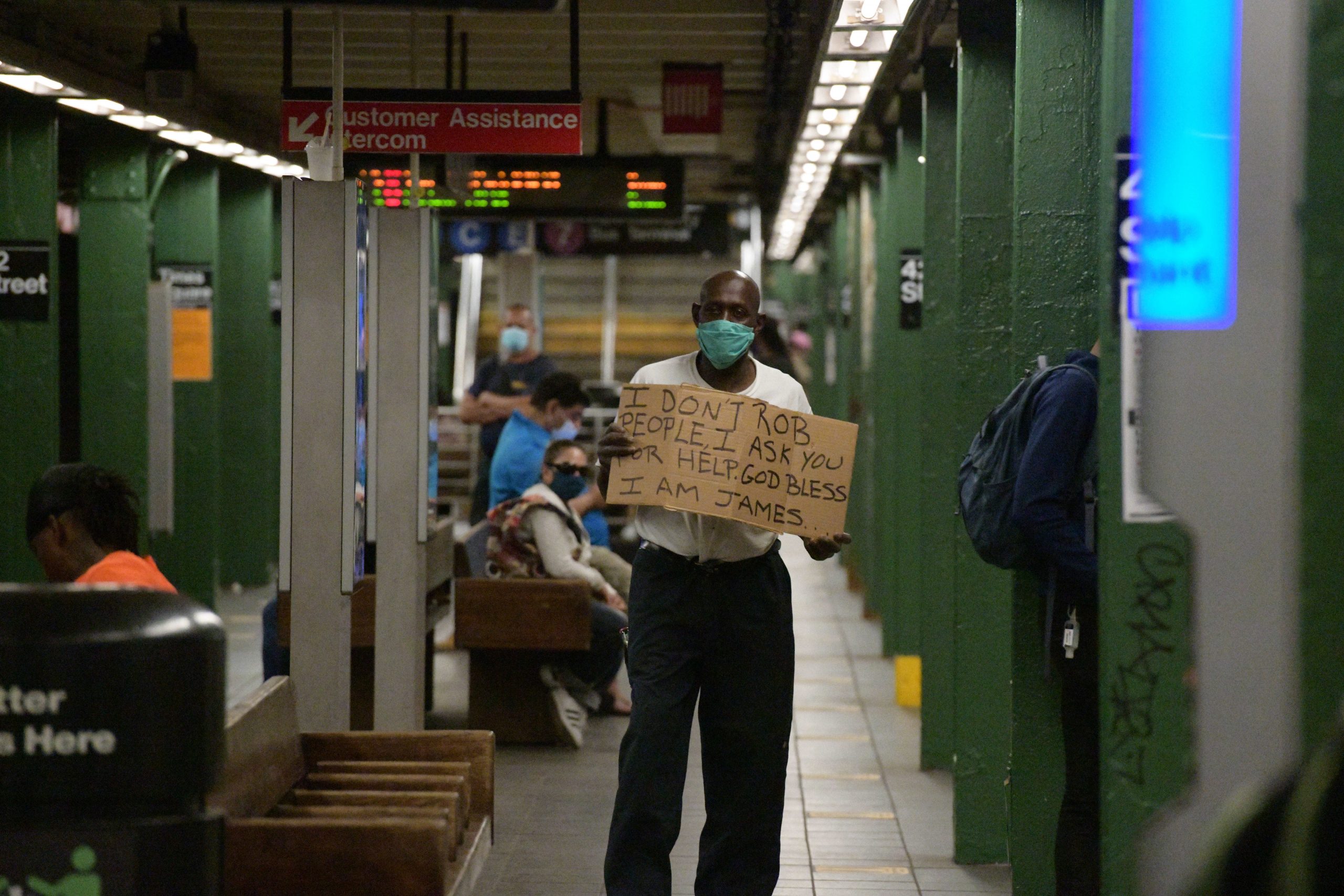
With the MTA in a hiring freeze, the full force of 500 new cops to crack down on fare evasion and other crimes has not been built up to size.Although this report appears to be damning, whether or not the overnight closure of the subways between 1 and 5 a.m., which removes the homeless from the trains who are met by social workers is a success or failure is yet to be seen.
